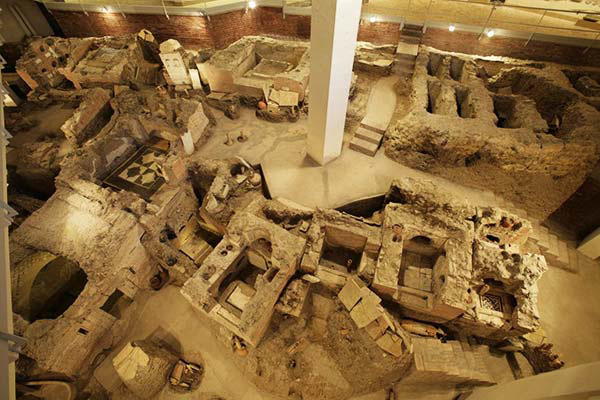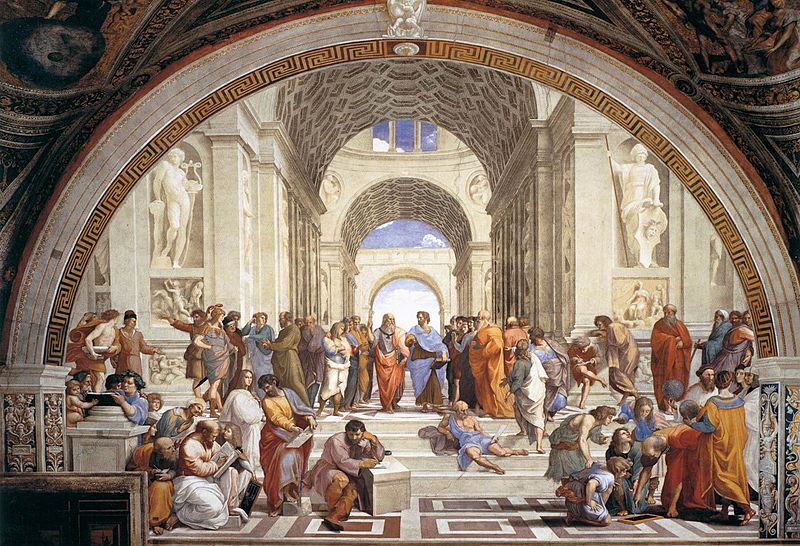The Feast of the Epiphany, celebrated January 6, is a big part of the Christmas holidays in Italy. Epiphany commemorates the 12th day of Christmas when the three Wise Men arrived at the manger bearing gifts for Baby Jesus. Traditional Christmas holidays run from Christmas Eve through Epiphany although many Christmas events start on December 8, the Feast Day of the Immaculate Conception.
Italy's traditional celebration includes the tale of a white-haired witch known as La Befana who arrives on her broomstick during the night of January 5 and fills the stockings with toys and sweets for the good children and lumps of coal for the bad ones.
According to the legend, the night before the Wise Men arrived at the manger they stopped at the shack of an old woman to ask directions.
They invited her to come along but she replied that she was too busy. Then a shepherd asked her to join him but again she refused.
Later that night, she saw a great light in the sky and decided to join the Wise Men and the shepherd bearing gifts that had belonged to her child who had died. She got lost and never found the manger.
Now La Befana flies around on her broomstick each year on the 11th night, bringing gifts to children in hopes that she might find the Baby Jesus. Children hang their stockings on the evening of January 5 awaiting the visit of La Befana.
In Vatican City, following another Epiphany tradition, a procession of hundreds of people in medieval costumes walk along the wide avenue leading up to the Vatican, carrying symbolic gifts for the Pope. The Pope says a morning mass in St Peter's Basilica to commemorate the visit of the Wise Men bearing gifts for Jesus.
Rivisondoli, in the Abruzzo region, has a reenactment of the arrival of the 3 kings on January 5 with hundreds of costumed participants.
Milan has an Epiphany Parade of the Three Kings from the Duomo to the church of Sant'Eustorgio on January 6.
Many towns and villages in Italy have similiar processions, although not as elaborate, ending with a living nativity scene, presepe vivente, where costumed people act out the parts of the nativity. Living nativities, presepi vivanti, are often presented on Christmas Day and December 26, Saint Stephen's Day, and repeated for Epiphany.
Read more about Italian Nativity Scenes, presepi, and where to find them in Italy.





